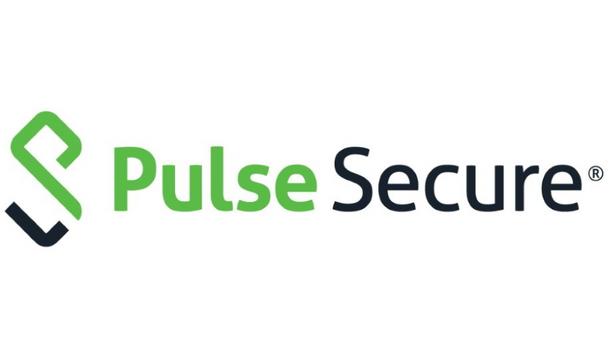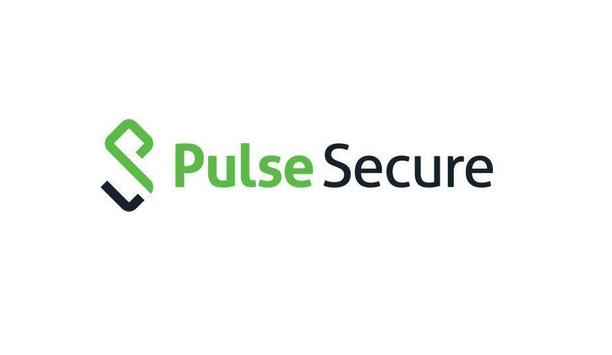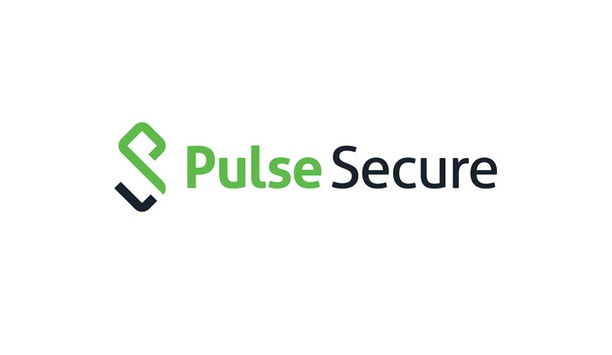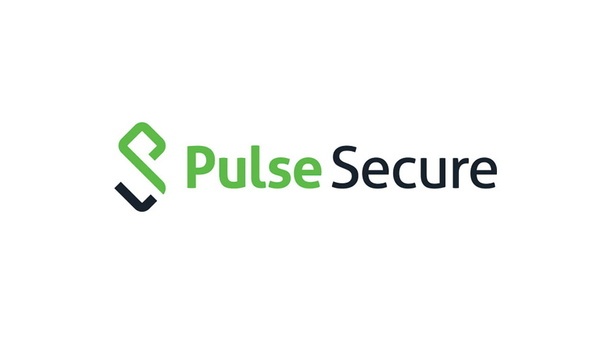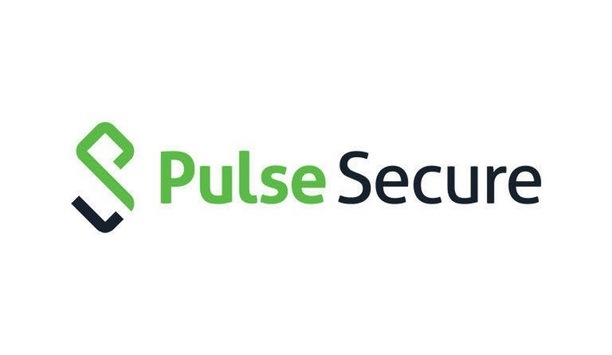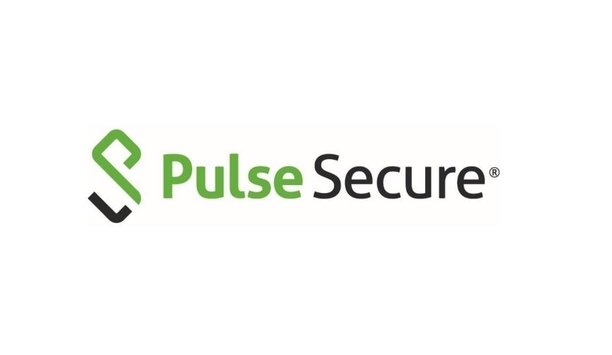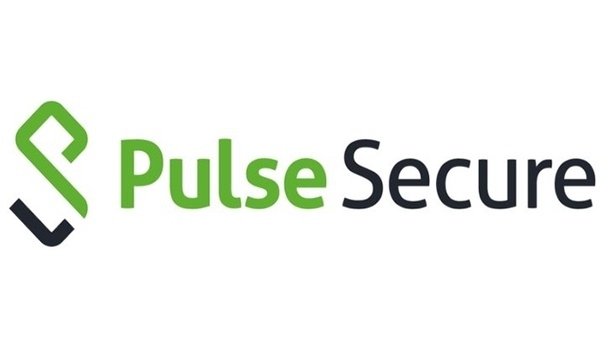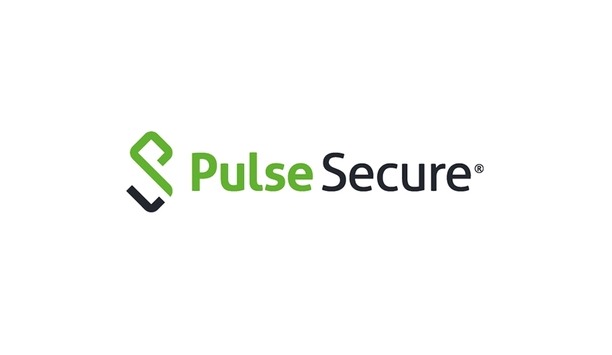Scott Gordon
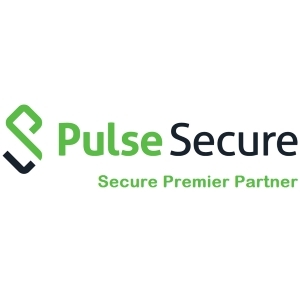
Scott Gordon
Chief Marketing Officer, Pulse Secure, LLCScott Gordon is currently working as the chief marketing officer at Pulse Secure. He has over 25 years of experience in the field of marketing and business development. In the past he has been associated with Computer Associates, Cheyenne Software, McAfee, Axent Technologies, NeoScale Systems, Protego Networks, SenSage, PacketMotion, Stratact, AccelOps.net, ForeAcout, FinalCode and RiskIQ.
News mentions
Pulse Secure, the globally renowned provider of Zero Trust Secure Access solutions, has announced that the COVID-19 pandemic has not impacted the adoption of Zero Trust technology globally. In fact,...
Pulse Secure, a renowned provider of software-defined Secure Access solutions, announced that Enterprise Management Associates (EMA) has honored Pulse Secure among the industry’s top secure acce...
Despite security issues and concerns resulting from the massive and sudden increase in work-from-home (WFH) initiatives caused by the global COVID-19 healthcare crisis, one-third (38%) of U.S. compani...
Pulse Secure, the provider of software-defined Secure Access solutions, announces its Access Suite and SDP solution were recognized in a recently published analyst report, ‘Market Insights: Soft...
Pulse Secure, the provider of software-defined Secure Access solutions, announced a new research report that highlights improving hybrid IT, BYOD, access management and IOT security as the top priorit...
As 72% of organizations plan to implement Zero Trust capabilities in 2020 to mitigate growing cyber risk, nearly half (47%) of cyber security professionals lack confidence applying a Zero Trust model...
Pulse Secure, the provider of software-defined Secure Access solutions, announces that it has published its ‘2019 State of Enterprise Secure Access’ report. The findings quantify threats,...
Pulse Secure, global provider of secure access solutions to both enterprises and service providers, has been recognized as a technology leader and among the top three performers in Network Access Cont...
Pulse Secure, global provider of Secure Access solutions to both enterprises and service providers, has announced the launch of new packaging of its award-winning Pulse Access Suite for Managed Securi...
Pulse Secure, global provider of enterprise Secure Access solutions has announced the release of Pulse Policy Secure 9.0 to enable organizations an easier, flexible and VPN-integrated path to next-gen...
Pulse Secure, the leader in secure access solutions for people, devices, things and services, announced Scott Gordon joining the company’s executive team as Chief Marketing Officer, building upo...
